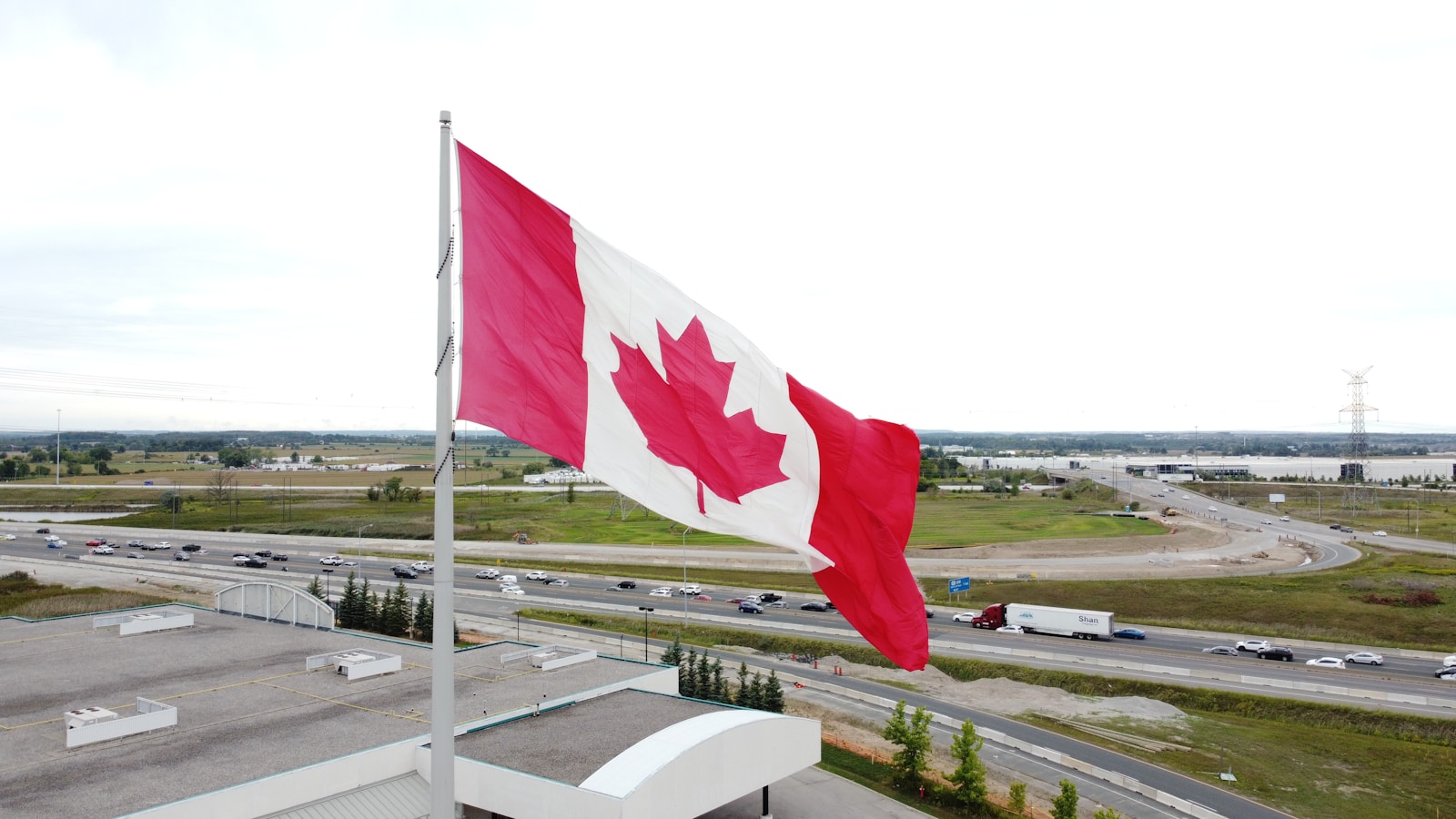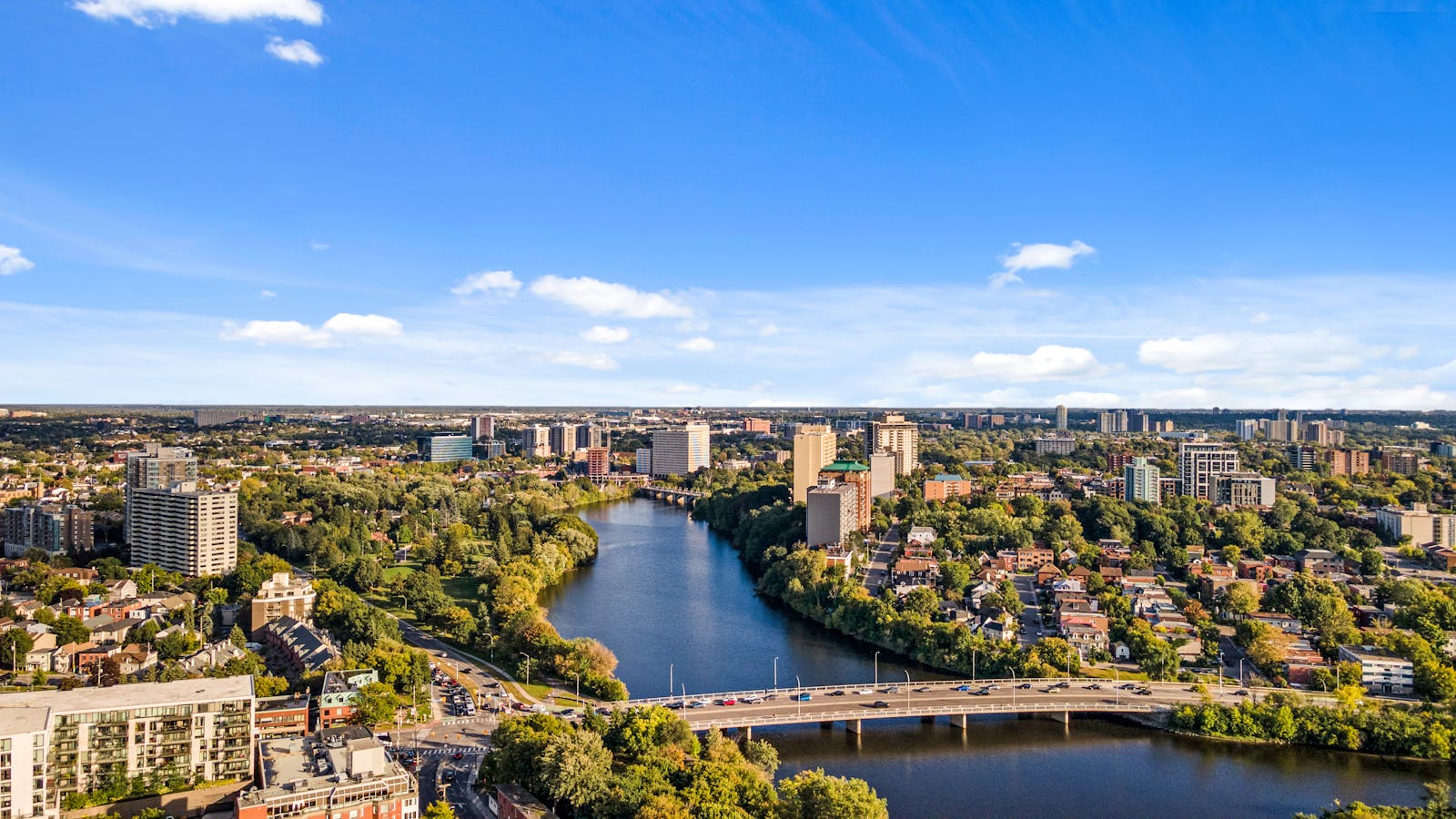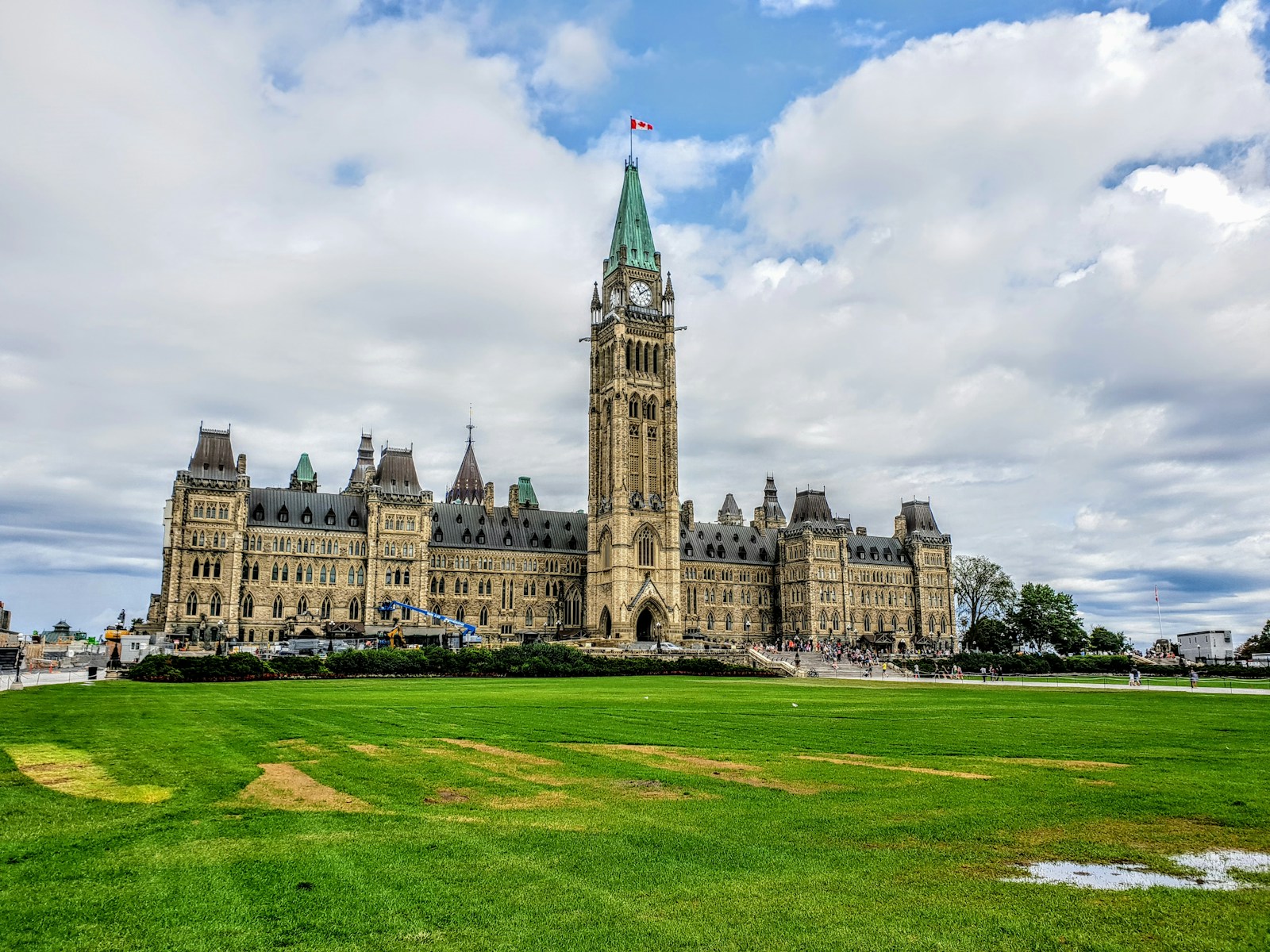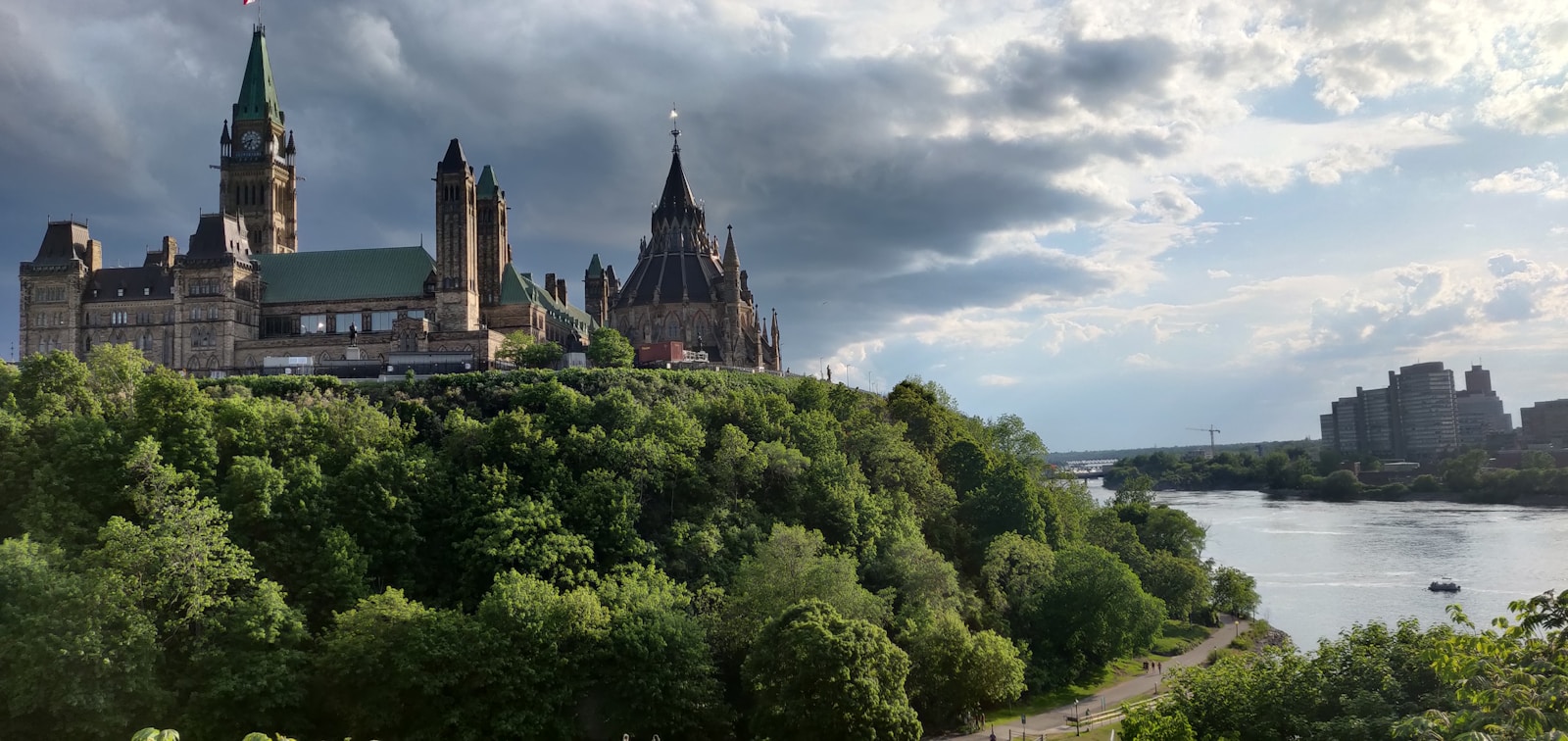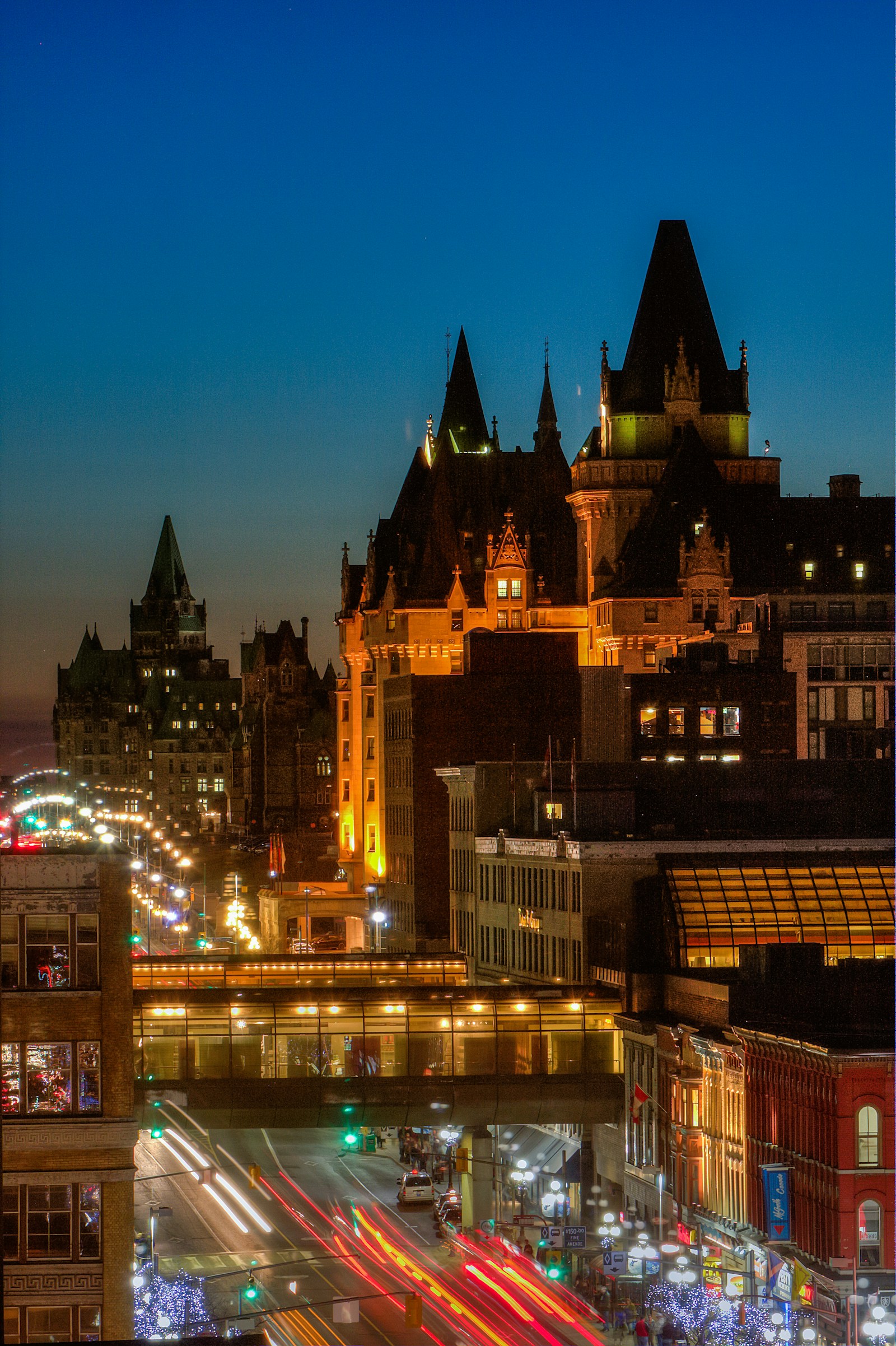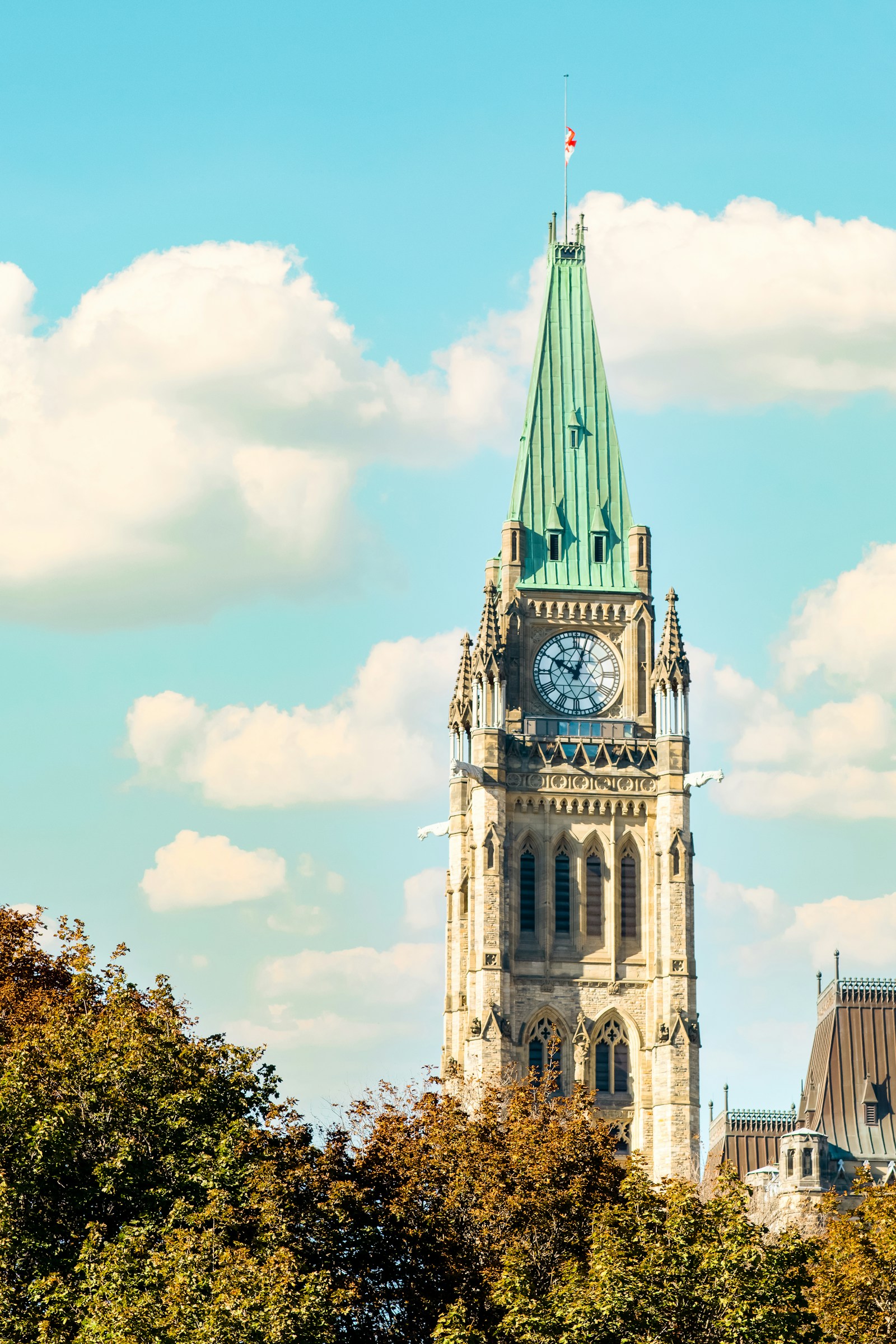Introduction – Why Ottawa Is a Top City for New Immigrants
Ottawa has quietly become one of Canada’s most newcomer-friendly cities. With strong job stability, safe neighbourhoods, excellent public services, and a high quality of life, the nation’s capital offers a smoother transition for immigrants compared to many larger cities.
If you’re considering a move, this guide breaks down Ottawa for new immigrants — covering jobs, housing, cost of living, and what daily life is really like once you arrive.
1. Why New Immigrants Are Choosing Ottawa
Stability, Safety & Quality of Life
Ottawa consistently ranks as one of Canada’s safest cities. Crime rates are lower than in most major urban centres, making it especially attractive for families and newcomers looking for long-term stability.
The city also offers:
Clean neighbourhoods
Reliable public services
Well-maintained infrastructure
Plenty of green space
Government, Tech & Healthcare Opportunities
Unlike cities that rely heavily on one industry, Ottawa has a diverse and stable economy, anchored by:
Federal government jobs
A growing tech sector
Healthcare and education institutions
This stability protects newcomers during economic downturns.
Multicultural & Welcoming Communities
Ottawa is home to people from all over the world. You’ll find:
Cultural centres
Places of worship for many faiths
Multilingual communities
International grocery stores
Integration tends to feel more natural and less overwhelming.
2. Job Opportunities for New Immigrants in Ottawa
Government & Public Sector Jobs
Ottawa is Canada’s government hub. While some roles require citizenship or bilingualism, many contract, administrative, IT, and support roles are accessible to permanent residents.
Bilingual skills (English/French) are a strong advantage but not always mandatory.
Technology & IT Careers
Ottawa’s tech sector continues to grow, especially in:
Software development
Cybersecurity
Telecommunications
Data analysis
Engineering
Kanata North is a major tech hub and employs many internationally trained professionals.
Healthcare, Education & Social Services
There is steady demand for:
Nurses and personal support workers
Early childhood educators
Social workers
Caregivers
Credential recognition may be required, but bridging programs are available.
Skilled Trades, Construction & Logistics
New immigrants often find strong opportunities in:
Construction
Electrical and HVAC
Warehousing and distribution
Manufacturing
These roles are in high demand across Ottawa’s growing suburbs.
Entry-Level & Survival Jobs
Many newcomers start with:
Retail
Hospitality
Cleaning services
Food service
These roles help build Canadian experience while searching for long-term careers.
3. Housing Options for New Immigrants in Ottawa
Renting First – What to Expect
Most new immigrants rent before buying. Landlords typically ask for:
Proof of income or job offer
Credit history (or guarantor)
First and last month’s rent
Newcomers without credit may be asked for additional references.
Average Rent Prices
Approximate monthly rents:
One-bedroom apartment: $1,400–$1,800
Two-bedroom apartment: $1,800–$2,300
Basement or shared housing: $800–$1,200
Rents are generally more affordable than Toronto or Vancouver.
Buying a Home as a New Immigrant
Permanent residents can buy property in Ottawa. Many banks offer newcomer mortgage programs with:
Lower credit requirements
Smaller down payments
Flexible income verification
Many immigrants buy within 2–5 years of arrival.
4. Best Ottawa Neighbourhoods for New Immigrants
Nepean
Affordable housing
Excellent transit
Close to Algonquin College
Diverse population
Orleans
Family-friendly
French-language services
Newer homes and schools
Strong community feel
Barrhaven
Popular with newcomer families
New developments
Good schools and parks
Access to transit and shopping
Vanier
More affordable rents
Close to downtown
Strong immigrant communities
South Keys & Hunt Club
Transit-accessible
Close to shopping and services
Mix of apartments and townhomes
5. Cost of Living in Ottawa for Newcomers
Monthly Living Costs (Excluding Rent)
Groceries: $300–$450 (single)
Utilities: $150–$300
Internet & phone: $90–$150
Transportation: $120–$300
Ottawa is more affordable than Canada’s largest cities while still offering urban amenities.
Transportation & Getting Around
OC Transpo monthly pass: ~$129
Reliable bus and LRT service
Many families eventually buy a car in suburban areas
Childcare & Education
Public schools are free and high-quality
Childcare costs can be high, but subsidies are available
Ottawa has strong ESL and settlement school support
6. Lifestyle in Ottawa – What Daily Life Is Really Like
Weather & Seasons
Ottawa experiences all four seasons:
Cold winters (snow and skating)
Warm summers (festivals and patios)
Beautiful fall colours
Mild springs
Many newcomers learn to enjoy winter activities.
Community Life & Cultural Events
Ottawa hosts:
Multicultural festivals
Community markets
Cultural celebrations year-round
You’ll find strong ethnic communities without feeling isolated.
Healthcare & Public Services
Public healthcare access with OHIP
Family doctors may take time to secure
Excellent hospitals and clinics
7. Settlement Services & Support for New Immigrants
Ottawa offers excellent newcomer support through organizations such as:
Employment Ontario centres
Language training programs
Community settlement agencies
Services include resume help, job search support, language classes, and housing guidance.
8. Common Challenges New Immigrants Face
Finding the First Job
Canadian experience is often requested, but networking helps overcome this.
Building Credit History
Newcomers should open a bank account and apply for a secured credit card early.
Understanding the Housing Market
Working with local professionals can make renting and buying far easier.
9. FAQs
Q1: Is Ottawa good for new immigrants?
Yes — it’s safe, stable, affordable, and welcoming.
Q2: Is French required to live in Ottawa?
No, but bilingualism can improve job opportunities.
Q3: How long do newcomers usually rent before buying?
Most rent for 2–5 years.
Q4: Are jobs easy to find in Ottawa?
Yes, especially in government-related, tech, healthcare, and service sectors.
Q5: Is Ottawa affordable for families?
Compared to other major cities, yes — especially in suburban areas.
Q6: Which neighbourhoods are best for newcomers?
Barrhaven, Nepean, Orleans, Vanier, and South Keys are popular choices.
Conclusion
Ottawa offers new immigrants a rare combination of opportunity, affordability, safety, and quality of life. With a stable job market, welcoming communities, and accessible housing options, it’s a city where newcomers can truly build long-term roots. Whether you’re arriving alone or with family, Ottawa provides the support and lifestyle needed to succeed in Canada.

